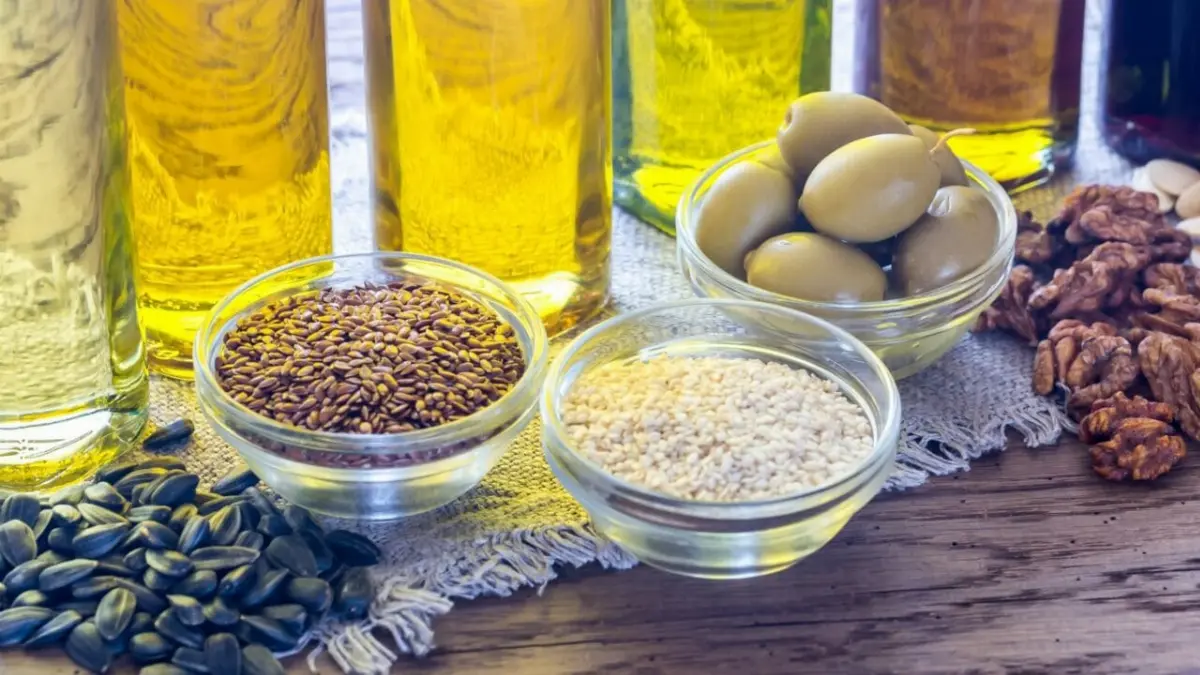
EU/2: Cereal, oilseed and vegetable oil production collapses
Viticulture and pig farming still affected by emergencies. Soya and poultry on the rise

According to the autumn 2024 edition of the report on the short-term outlook for agricultural markets in the European Union (read EFA News), EU cereal production in 2024/25 is estimated at 260.9 million tonnes, around 7% below the five-year average, which is the lowest production in the last decade. This is caused by unfavourable weather conditions affecting yields and, in part, by a reduction in the cultivated area due, among other things, to excessive rainfall interrupting sowing. The most affected crops are soft wheat and maize, while the production of oats, barley and durum wheat is increasing.
EU oilseed production in 2024/25 is forecast at 29.7 million tonnes (-8% year-on-year), due to a reduction in rapeseed area and adverse weather conditions affecting sunflower. This is a significant revision compared to the spring short-term outlook report. In contrast, soybean production is forecast to increase by 8% year-on-year (13% above the five-year average), reflecting an increase in soybean area (+11% year-on-year).
The consumption of vegetable oils in the EU continues to follow a declining trend (14% below the five-year average) as the use of palm oil continues its downward trend, leading to a reduction in imports while exports remain stable.
EU sugar production in 2024/25 will increase by up to 1 million tonnes compared to last year. This increase is driven by an increase in acreage, which in turn is driven by record sugar prices potentially pushing farmers to switch from other arable crops. Sugar consumption is expected to remain stable, leading to a reduction in imports.
In 2024/25, olive oil production is expected to return to average levels of 2 million tonnes, after two years of low production and record prices. As availability increases, prices are expected to gradually decline and consumption to increase, thus supporting exports. However, the sector still faces uncertainty about how quickly prices will adjust to increased availability and how consumers will react after changing consumption habits due to high prices.
EU wine production is forecast to decline slightly year-on-year and remain 7% below the five-year average, while consumption continues its downward trend. Wine exports are also declining. Recognizing these difficulties, the Commission launched a High Level Group on Wine Policy in July 2024 to address the challenges faced by the sector and explore possible solutions.
The report also takes a closer look at apples, oranges, peaches and nectarines, and tomatoes, which have also been affected by various weather events. With food inflation stabilizing, fresh fruit and vegetable consumption could recover in the near future.
EU milk supply is forecast to increase marginally in 2025. Assuming normal weather conditions, the continued decline in the dairy herd (-0.7%) is expected to be offset by rising milk yields (+1%). EU cheese production could increase further in 2025 and EU cheese exports could benefit from competitive prices. However, the recovery in consumer demand for dairy products in general remains cautious and heterogeneous across different dairy commodities. Indeed, the price of butter increased significantly in 2024, driven by limited supply and stable demand.
The ongoing structural adjustment leads to a decline in EU beef production of an expected 1% in 2025. Per capita consumption of beef in the EU fell by 1.7% in 2024 to 9.6 kg.
Overall, EU pork production is forecast to decline slightly by 0.5% in 2024 and by 0.2% in 2025. African swine fever outbreaks remain a risk to production. For 2025, EU per capita consumption is forecast to stabilize at 30.9 kg, while less competitive EU pork prices make exports to the global market a real challenge.
In contrast, the EU poultry sector is seeing rather good market prospects in 2024, with a 4% growth in production and a 3% increase in exports. This upward trend is expected to continue in 2025, with per capita consumption of poultry in the EU reaching 25.2 kg.
2/ End
EFA News - European Food Agency